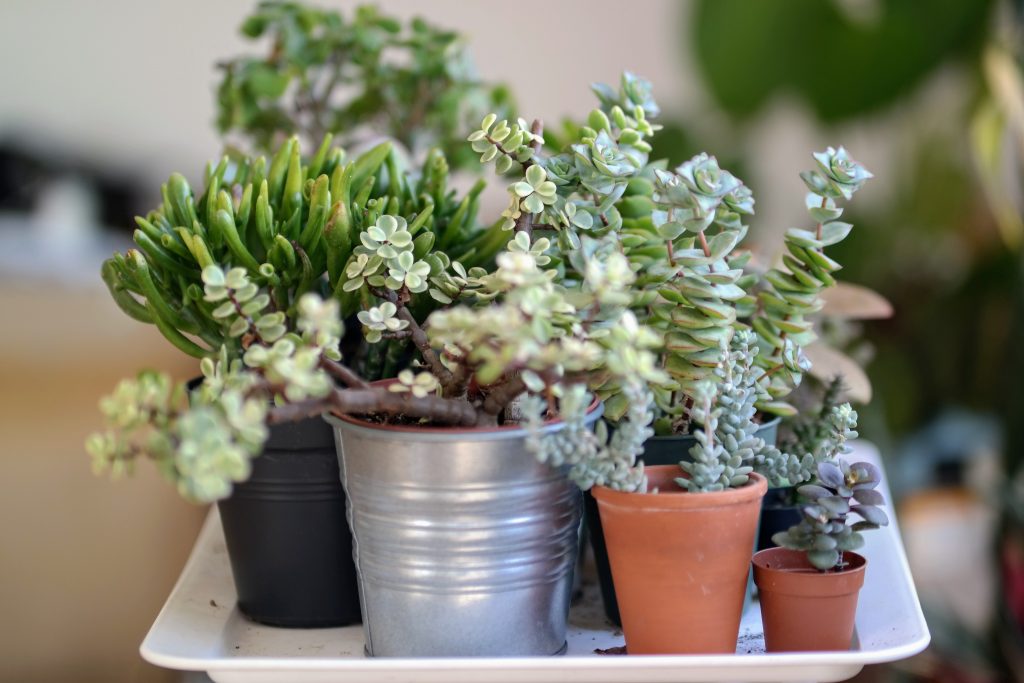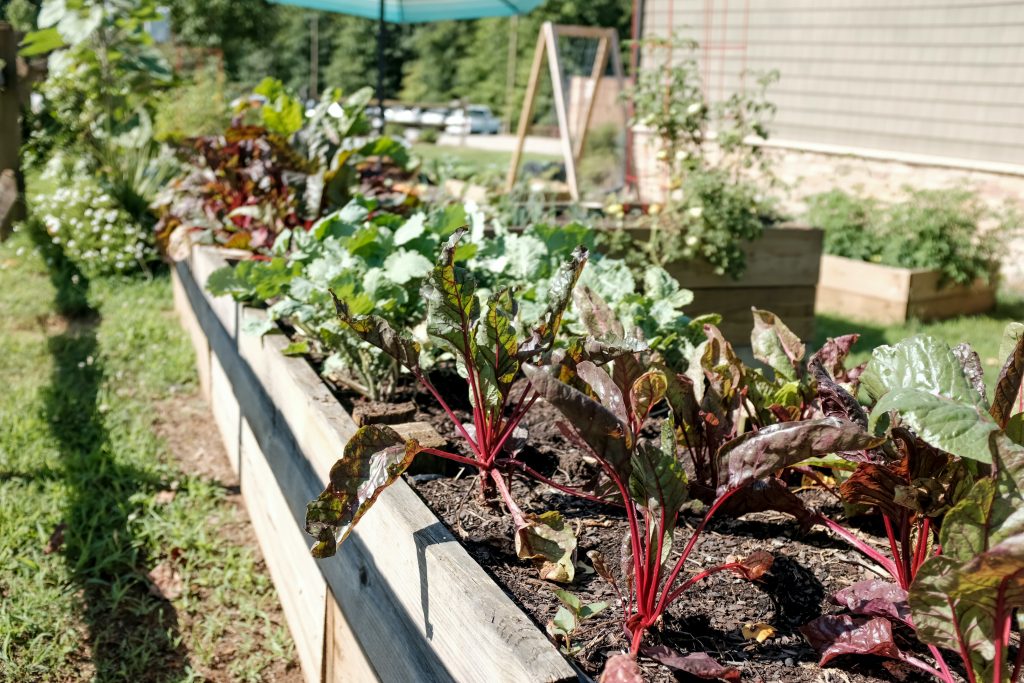We are used to trusting in the benefits of an environmentally-friendly lifestyle. But possible concerns are rarely addressed. In this article we’re going over possible risks to a green lifestyle.

When it comes to living a green lifestyle, preserving the greenery around us, and making room for more green in our lives, is significant advice to claim back our planet.
We all understand the importance of plants and animals in our survival. Without bees, for instance, human beings would probably starve, as bees are one of the most important pollinators on the planet. Trees produce the oxygen we breathe, and we can’t afford to live without oxygen, and therefore without trees.
Additionally, climate activists have been warning about the damages caused by human civilizations. Global warming is changing our world, and could dramatically impact the survival and life quality of future generations – of human beings, animals, and plants. It makes no doubt that a green lifestyle is for the best for all of us!
But, have you ever thought of what the health cost – for you and the planet – would be if you were to embrace a green lifestyle? Of course, green habits are designed to protect the environment. However, what you may not realize is that some green choices could affect you and those around you.
Admittedly, it’s important to point out that while a green lifestyle can have risks or disadvantages, it doesn’t mean it isn’t worth pursuing. On the contrary, you can use your knowledge of the risks to explore safe green options.
Are There Risks To A Green Lifestyle?
Plants, plants, plants, all the plants
Houseplants are one of the preferred earth-friendly interior design hacks. Not only are they super easy to introduce into your home, but they can dramatically transform your interior. According to NASA researchers, some houseplants can help purify your indoor air, removing toxic particles, and improving oxygen levels. Your home decor also benefits from the introduction of houseplants.
Greenery at home can help you relax, reducing stress levels significantly. Besides, if you are not a homeowner, plants can create a cozy style without needing to paint – it’s a bonus, as it keeps your landlord happy!

However, if you have a pet, houseplants can be a bad choice. A lot of plants are toxic to our beloved dogs and cats, which is why you want to make sure you pick something safe for them. Money Tree and Boston Fern are savvy choices for pet owners.
Allergy sufferers can also get affected by houseplants. Male palms and Yuccas, for instance, can trigger allergic reactions such as sneezing or a stuffy nose.
I am making my own food
Cooking from scratch is the safest way of avoiding harmful additives in your food. A lot of processed meals also contain added sugar and fat, which can make them highly unhealthy. As a result, a lot of households prefer simple recipes that can be prepared in the kitchen.
When you get involved in the preparation and cooking process, you gain a better understanding of your nutritional needs. Typically, people who prepare their meals are more likely to use plenty of fresh vegetables and herbs, reducing vitamin deficiencies.
Besides, you also reduce your carbon footprint, as you don’t rely on processed foods. You can focus on local and seasonal ingredients, keeping up with your green habits.
But what you may not know is that you can’t make food safely for all the members of your family. For instance, if you’re going to prepare food for your dog, you need to understand canine nutrition. Most pet owners can create life-threatening vitamin and mineral deficiencies in their pets due to their green efforts. Ideally, you want to trust a vet-recommended brand that focuses on natural ingredients, such as Time for paws, as these will provide a sustainable and nutritious option.
Similar issues are likely to happen during the weaning period for parents. It is tempting to prepare different ingredients for your child to introduce them to many flavors. But be careful about portion sizes and nutrients. Infants need the appropriate nutrients in a form and quantity appropriate for their age!
Sustainable and eco-friendly insulation
Did you know that more and more architects and home designers recommend using natural material for your insulation system? Sheep wool is growing in popularity as one of the best insulation solutions for a green lifestyle. Made from 100% pure wool, the insulation is fully eco-friendly and safe, unlike some solutions that can be dangerous if exposed to the air or inhaled during installation. Besides, wool is a readily available material and easy to produce, making it a sustainable solution for long-term purposes.
However, for some individuals, wool insulation could be a mistake. If you struggle with wool allergies, the insulation can trigger adverse reactions. What does a wool allergy feel like? You may experience itchiness to the touch when you wear a wool sweater, for instance. While you don’t get to touch the insulation layer, it can affect you in unpleasant ways. Allergic reactions range from skin irritation to watery eyes and sneezing. Typically, you should already be aware of your sensitivity to wool when you decide on a new insulation system.

The joys of gardening
Who doesn’t love gardening? You can grow your own veggies in your backyard! It’s the perfect way to convince kids to eat their greens; everybody gets excited when it comes from the garden.
Creating a self-sufficient vegetable plot in your yard also reduces your carbon footprint, as you consume fresh and local produce more often. Amateur gardeners are quick to notice how their green hobby also affects their mental and physical health. As you spend more time outdoor, your body can soak up plenty of vitamin D, boosting your mood and your immune system at the same time! It’s a win-win!
But have you considered if the food from your garden is safe for consumption? Food could get contaminated in your garden if it gets exposed to animal waste or even septic tank leak. Make sure to keep your garden safe.
In conclusion, going green is a wonderful decision for the environment. But you need to make sure that you can keep your green lifestyle safe for all. From the unwanted introduction of toxic plants into your home to the possible contamination of your vegetable garden, risks don’t disappear when you become eco-friendly. Being aware of potential threats can keep you and those you love safe and green!

Leave a Reply